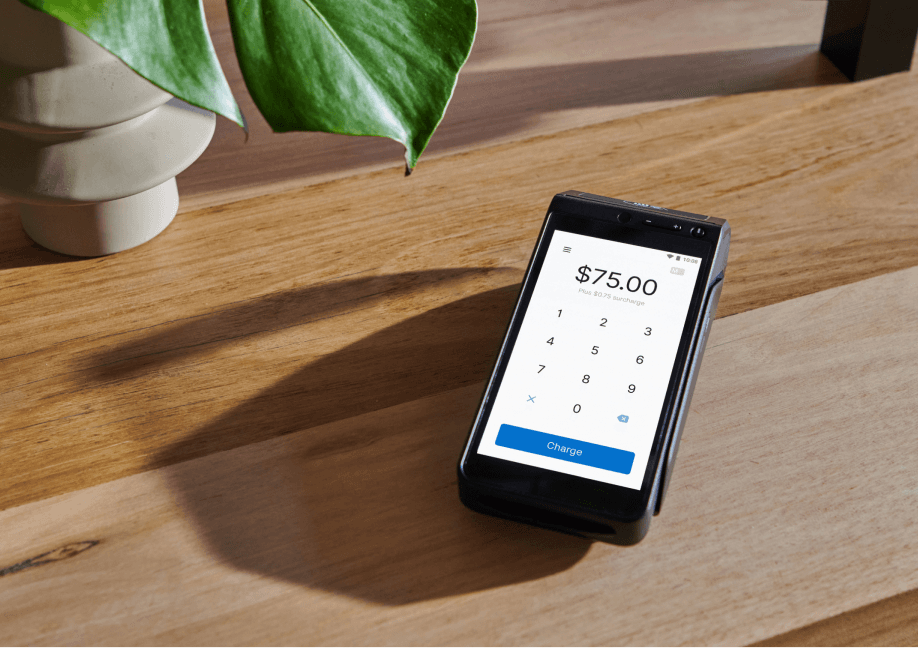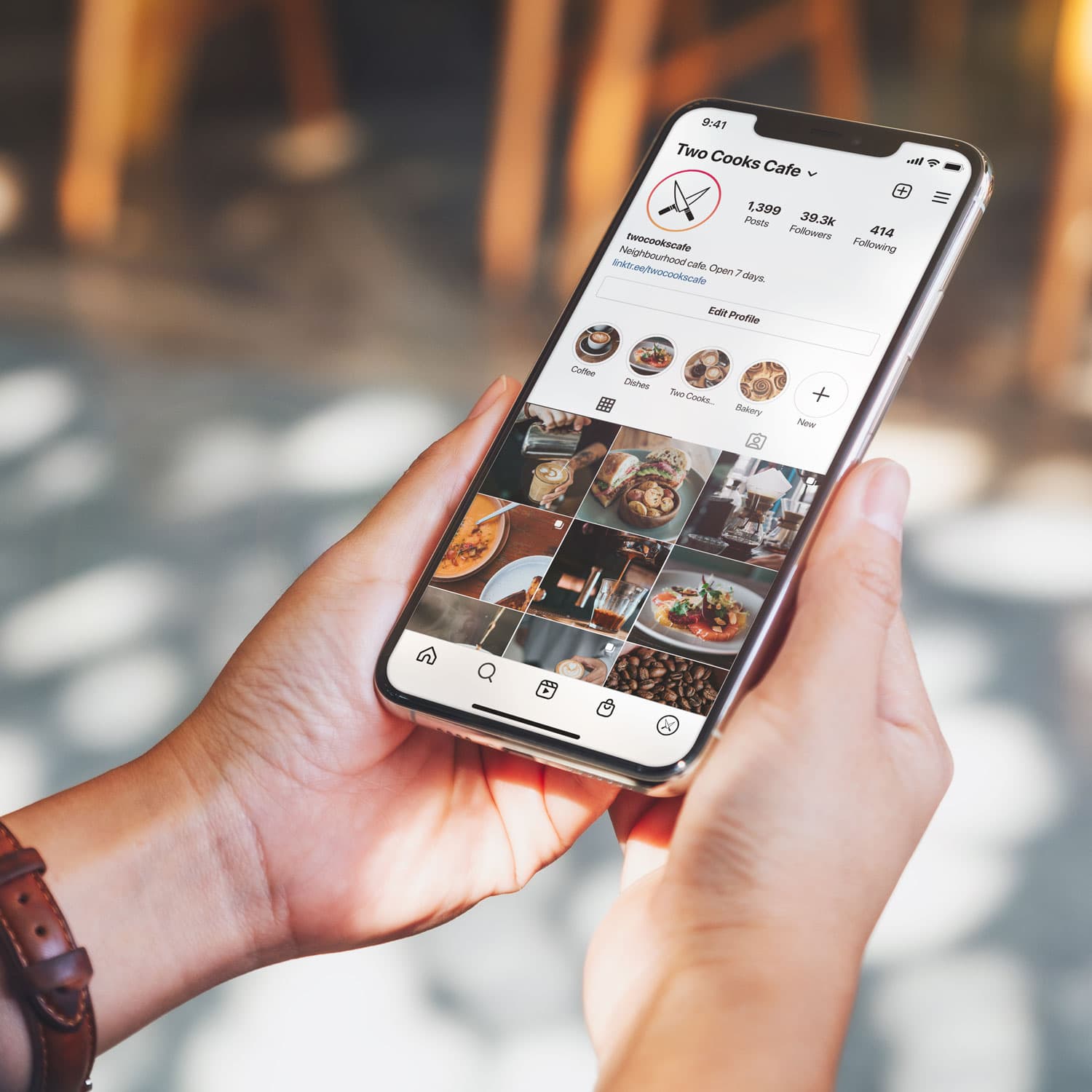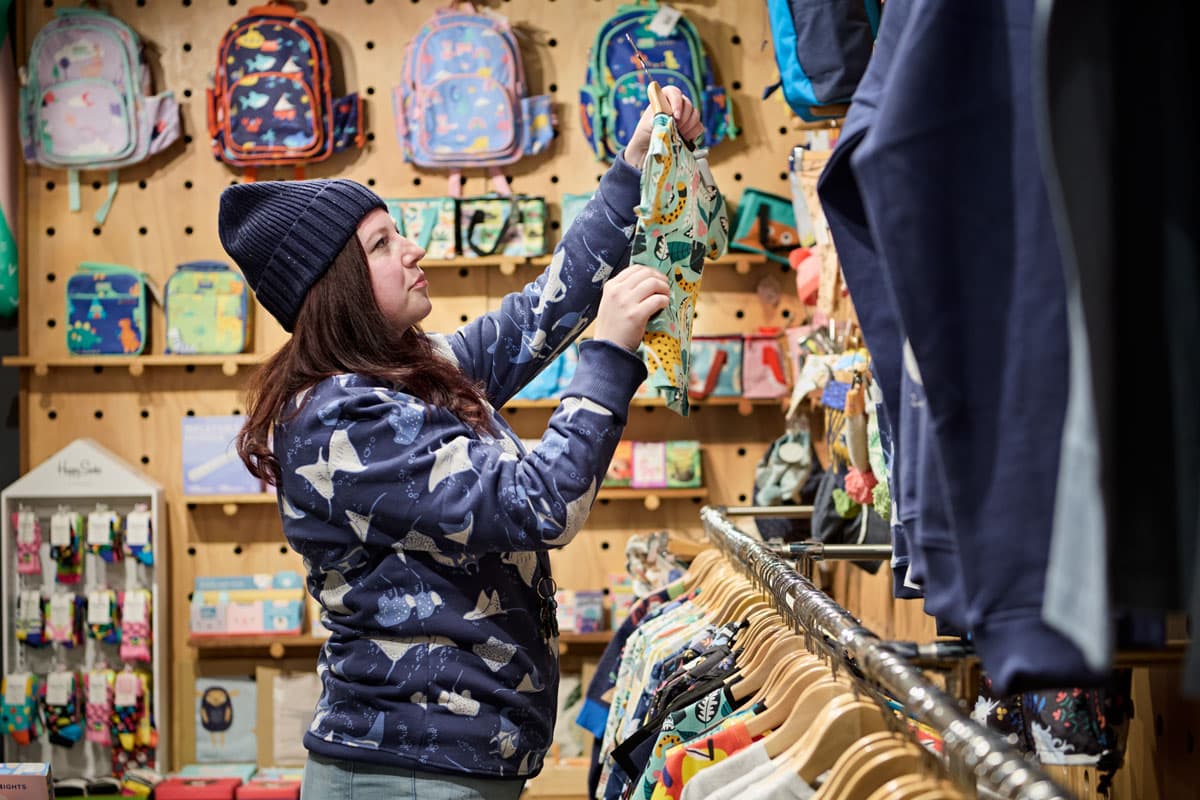
- Business Growth & Optimisation
How to Build a Community on Instagram
Growing an active, engaged online community is a tried and tested way to drive customer loyalty and increase revenue.
To say that Instagram has the potential to drive business revenue would be an understatement. While it’s true that an engaged online community typically translates to dollars in the real world, the benefits go far beyond that.
As restrictions and social distancing measures continue to pervade many aspects of our daily lives, the ability to reach your business’s intended audience online — while facilitating meaningful exchanges — is critical to achieving growth and forging deeper connections that bring customers back to your business again and again, and attract referral business.
Read on to discover 5 tips to build a strong Instagram community.
1. Ask followers for their opinion as consumers.
Growing a strong community isn’t just about sharing your business’s story. Creating opportunities for your audience to speak up is equally as important.
You can do this by using polls or directly asking questions on your stories, Instagram Lives, or posts. For example, if an apparel retailer decided to release a new colourway of their best-selling jumper, they could ask their Instagram community what colour they would buy.
Tapping into your Instagram followers in this way gives you a snapshot for what your wider customer pool wants to see in-store. Plus, by deferring to your followers about what they want or like, they will be more invested in your brand and develop a deeper sense of loyalty and trust.
Make sure to reply to your followers' comments and messages as much as possible, even during busy periods. Your interaction with them will make them more likely to engage with you regularly and become active members of your Instagram community.
2. Host an Instagram Live.
Hosting a Live on Instagram is a great way to show an authentic side to your brand and connect with your community in real-time. During the first of the COVID-19 lockdowns, Instagram Live views spiked, doubling in reach and proving the value of building an online community and forging meaningful connections.
Pique your audience’s interest with content that is helpful in nature, rather than purely promotional. Content should be complementary to your products or services, without appearing like a sales pitch. For example:
a plant nursery could teach followers how often to water common types of houseplants
a restaurant might host a live cooking demonstration of a simple recipe viewers can make at home
a bar owner could share how to make a seasonal cocktail
an apparel retailer could explore different ways to build a capsule wardrobe
a gift shop might walk through the steps to wrap presents at Christmastime
Consider collaborating with like-minded brands on Instagram Live broadcasts, as this can increase your reach and strengthen your community too.
3. Make your brand values known.
Incorporating your brand values into your social media strategy is a surefire way to reach a demographic that aligns with your brand mission.
For example, if your business sells locally-made or environmentally-friendly products, you might champion these lifestyle choices on Instagram to draw more eco-conscious consumers into your community. You might do this by sharing tips to become more environmentally conscious, such as upcycling clothing.
Alternatively, you could promote a social cause you believe in and reach people who also hold the cause close to their hearts. As a retailer, that cause might be a clothing drive to help people experience hardship to get back into the workforce — such as Fitted For Work or Ready Set.
4. Develop a user-generated content strategy.
User-generated content or UGC is content created by consumers, not brands. This Instagram strategy can help businesses grow an engaged and lively community rapidly; it’s essentially free publicity to your followers’ own network.
When users share a positive story about your brand’s products and services with their audience, it creates an authentic connection and acts as a soft introduction. The content may be a photo, a video or even a review and can include a brand-generated hashtag. You can then share this content on your business’s platform to boost credibility with your audience.
One technique to get your members creating more user-generated content regarding your brand is to host a regular contest with giveaways and a specific hashtag attached to it. Asking your Instagram followers to tag their friends in these posts is another effective way to drive follower growth quickly.
5. Give back to your community.
Rewarding your community with giveaways, loyalty programs and discounts is a way you can thank your followers for their loyalty and engagement. For example, a hair salon could offer customers who mention their Instagram campaign a 15% discount on a haircut and colour.
Another way to give back is by donating a certain percentage of your sales to a social cause. This gives your customers a sense of contributing to something larger than themselves and helping others, which can be very rewarding.
Ready to get started?
As you begin to build your Instagram community, you will figure out what strategies work best for your brand, what your followers enjoy seeing and how they like to interact with your business.
The key to a community-minded approach is to be present and regularly post fresh content. A local business doesn’t need to have a huge following to reap the benefits. If followers are loyal and engaged — business profits will show it. Don’t forget to remain authentic each step of the way, so you continue to attract the people who align with your business.
Sign up to our Business Blog for more tips to improve your online presence and drive more foot traffic to your business.

Accelerate your cashflow
Learn how Zeller can help grow your business and accelerate your cash flow with fast, secure payment solutions.



